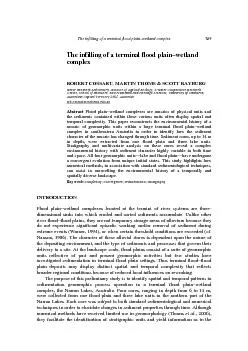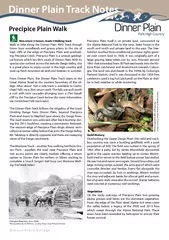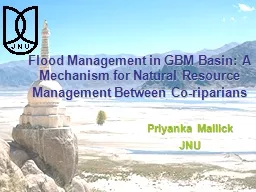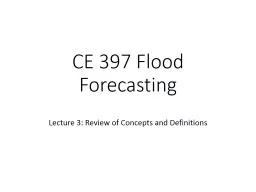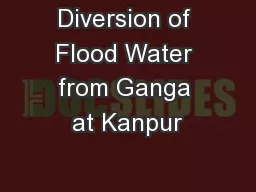PDF-Abstract Flood plain
Author : karlyn-bohler | Published Date : 2017-01-14
Robert Cossart et al392a priori determined groups geomorphic units and stratigraphic sequences then the data were ordinated using SemiStrongHybridMultidimensionalScaling
Presentation Embed Code
Download Presentation
Download Presentation The PPT/PDF document "Abstract Flood plain" is the property of its rightful owner. Permission is granted to download and print the materials on this website for personal, non-commercial use only, and to display it on your personal computer provided you do not modify the materials and that you retain all copyright notices contained in the materials. By downloading content from our website, you accept the terms of this agreement.
Abstract Flood plain: Transcript
Download Rules Of Document
"Abstract Flood plain"The content belongs to its owner. You may download and print it for personal use, without modification, and keep all copyright notices. By downloading, you agree to these terms.
Related Documents

